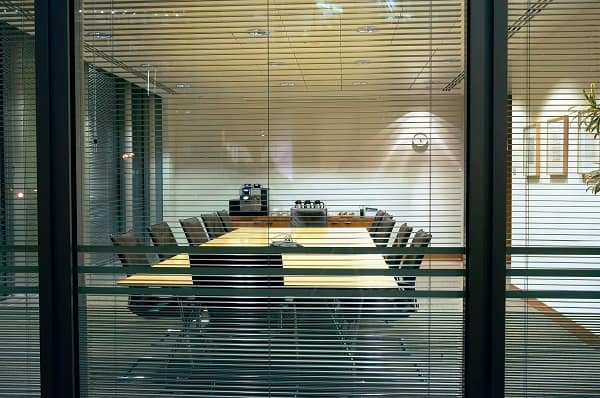Selecting office furniture is vital to creating an effective and productive work environment. There are a variety of furniture elements to take into consideration. Still, the main factor determining a workplace’s general design and functionality can be found in the table. It could be the reception desk, the conference table or desks; office table are essential in determining the work environment and the efficiency of employees.
This post delves into the essential aspects to consider before deciding on your table design for your office. From the perfect dimension and design to an ergonomic design and unique characteristics, we’ll look at each aspect of the ideal office table to your particular needs, regardless of whether you are a tiny startup or a large company.
Purpose of the table It is essential to decide your table’s function before making your final decision. For example, are you looking for a reception space, a workplace, a meeting space or even a space for collaboration? Each kind has its own need and will require specific features. Here are a few tables that have particular characteristics:
Receptionist table A reception desk or receptionist table offers an elegant entrance into your workplace and provides a place to showcase information. With the proper design and materials, you make a distinct impression on your customers.
Conferencing table Conference Table for a conference ought to be big enough to comfortably seat a large number of individuals. In addition, the conference table should complement your office’s aesthetics and overall design.
Workstation table A workstation table must be comfortable and adjustable to guarantee efficiency and ease of users.
1. Size and shape
Before deciding on a table, make sure it is in line with the design of your office. The size and shape of the table could affect the impact the table will have on the office. For example, a round table works best in communal areas, whereas more extended rectangular tables work great in conference spaces. Also, selecting a table that is large enough to accommodate reception desks with enough room for storing papers and folders is recommended.
2. Adjustability
In the case of workspaces, adjustable height tables can be recommended due to their benefits for ergonomics. Achieving the correct table height can allow the user to alternate between standing and sitting during the day. It also promotes an ergonomic and healthy posture. The table can also be adjusted to adapt to different jobs and tasks.
3. Materia
Choosing a sturdy and fashionable material is recommended based on the intended use and setting. In particular, metal or glass is better to be used for tables for the receptionist and modern office areas. However, wood is a well-known option for a conference table since it offers a sophisticated and elegant appearance.
4. Storage space
Space for storage is an essential element to take into consideration. Choose a desk with built-in drawers or compartments that keep the table space clean and tidy. Additionally, you can include side racks and hanging shelves on the wall to store all your documents, stationery, and other things.
5. Power outlet and cable management
For uninterrupted work, ensure your table has power and USB charger outlets. The management of cables is also essential to ensure the workspace is free of clutter. Find a table with cord trays, grommets or clips to help organize the wires and make them readily accessible.
Bottom line
A well-designed and functional office table is crucial to a successful workplace. You will effortlessly find a suitable desk When you think about the table’s purpose, its size and shape, the material used for storage space and other aspects.







